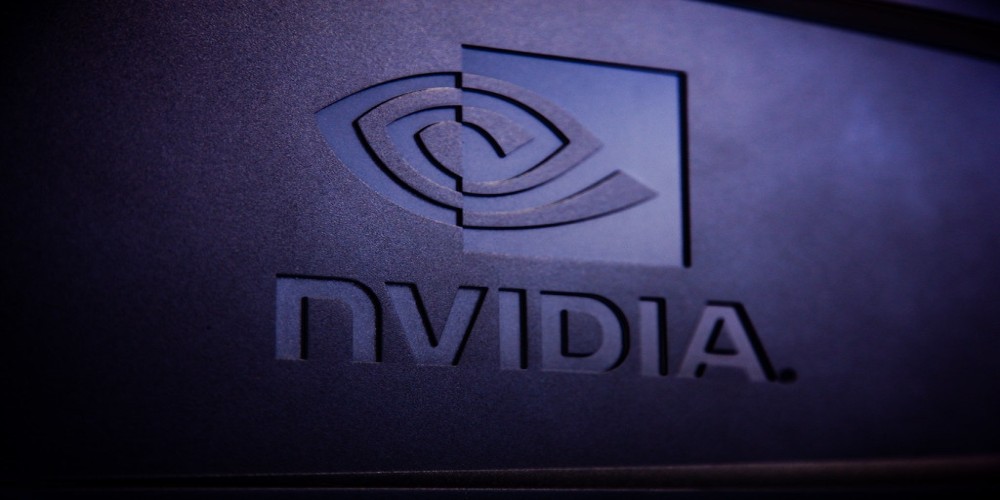10 Mar
Alison Harvard

As technology marches forward, feature enhancements, which once were exclusive to the latest hardware, gradually make their way to legacy devices—giving them an extended lease on life. This is precisely the scenario unfolding for users of NVIDIA's GeForce RTX 20 and GTX 16 series graphics cards. These Turing-based GPUs, while no longer in production, have sustained their popularity within the gaming community due to their affordability in the second-hand market and competent performance. Their latest chapter comes with the introduction of an unofficial solution that enables Resizable BAR, a performance-enhancing feature that was previously out of reach for these graphic cards’ owners.
Resizable BAR (Base Address Register) is not a new concept. It's part of the PCI Express (PCIe) standard that allows a CPU to access the entirety of a GPU's memory space rather than in fixed chunks. This ability can lead to noticeable efficiency improvements in data transfer between the processor and the graphics card, translating to potential gains in frame rates and overall gaming performance. While the latest hardware has been enjoying the fruits of Resizable BAR, Turing GPU owners were left behind—until now.
Thanks to the ingenuity of the enthusiast community, an unofficial UEFI driver named "NVStrapsReBar" has emerged, providing a workaround to enable Resizable BAR support on these Turing cards. Although not supported by NVIDIA through official channels, this development shows a commitment by the community to extract maximum value from their hardware investments. The adaptation of Resizable BAR on the GeForce RTX 20 and GTX 16 series opens up an avenue for gamers to experience a performance uplift without the need to invest in the latest, often expensive, GPU models.
The implementation of this unofficial driver signifies a wider trend of community-driven enhancements that breathe new life into older tech. By running a series of tests across different configurations, enthusiasts have verified that Resizable BAR is functional on the supported Turing cards, offering a glimpse of improved gaming performance for dedicated users willing to experiment with their systems.
In the fast-paced cycle of technological advancements, the lifespan of computer hardware can be dramatically short. However, through the collaborative effort of dedicated enthusiasts and programmers, aging GPUs like NVIDIA's Turing series are staying relevant beyond their intended expiration. The development of unofficial tools such as NVStrapsReBar, enabling Resizable BAR, demonstrates an exciting trend towards extending the viability and improving the performance of older hardware. While unofficial pathways come with their share of risks and are not manufacturer-supported, they offer a promising option for gamers looking to maximize the capabilities of their existing system setups without major new investments. The spirit of innovation within the community ensures that even as new hardware is released, older graphics cards will continue to punch above their weight, keeping gamers in the game longer.
